Hi there, pet lovers! 🦡
Minks are undeniably captivating creatures—sleek, intelligent, and full of wild energy. But are they the right pet for you? Unlike domesticated ferrets, minks retain much of their untamed instincts, making them a unique and demanding companion.
In this detailed review, we’ll explore every aspect of mink ownership—from their temperament and handling challenges to their care requirements, health considerations, and availability. Whether you’re a seasoned mustelid enthusiast or simply curious about these fierce little hunters, this guide will help you decide if a mink belongs in your home.
Overview
Minks (Neogale vison) are semi-aquatic mustelids closely related to ferrets, otters, and weasels. Known for their sharp intelligence, boundless energy, and strong hunting instincts, they are far from typical pets. Here’s a quick summary of what makes them stand out:
- Handling and Temperament: Highly unpredictable; can be aggressive and bite hard.
- Care and Maintenance: Requires extensive enrichment, space, and daily interaction.
- Health and Durability: Hardy but prone to stress-related issues.
- Availability: Rare as pets; mostly obtained from breeders.
- Cost: Moderate initial cost, but time investment is immense.
Overall: Minks are not recommended for most pet owners. They are best suited for experienced handlers, hunters, or those with deep mustelid knowledge.

Why Choose a Mink?
Minks are fascinating animals, but they are not ideal pets for the average household. Their appeal lies in their:
- High intelligence – They solve puzzles, learn routines, and can even be trained for hunting.
- Playful, energetic nature – Watching a mink explore, swim, and hunt is mesmerizing.
- Strong bond potential – Hand-raised minks may form deep attachments to their owners.
However, their wild instincts, biting tendencies, and demanding care make them a poor choice for casual pet owners.
Handling and Temperament
Personality Variations
Minks are not domesticated, meaning their behavior is far less predictable than a ferret’s. Their temperament depends heavily on:
- How they were raised (hand-reared vs. unsocialized).
- Individual personality (some are bold, others skittish).
- Stress levels (they can become aggressive if frightened).
Handling Challenges
- Biting Risk: Minks have powerful jaws and sharp teeth designed for crushing prey. Even a “tame” mink may bite if startled.
- Musk Glands: Like skunks, they can release a foul-smelling musk when stressed.
- Tail Restraint Method: Some handlers hold minks by the base of the tail to avoid bites, but this is not a long-term solution.
Key Takeaway: Minks require daily socialization to remain somewhat manageable, and even then, they are not reliably tame.
Care and Maintenance
Enclosure Setup
- Space Requirements: Minks need a large, escape-proof enclosure (minimum 4′ x 2′ x 2′).
- Vertical Space: They are excellent climbers, so branches, hammocks, and ledges are essential.
- Water Source: Minks love to swim, so a shallow pool (with easy exit) should be provided.
Diet
- Strict Carnivores: They require a meat-based diet (raw or high-quality ferret/mink food).
- Frequent Feeding: Due to their high metabolism, they eat multiple small meals daily.
Enrichment Needs
- Mental Stimulation: Without daily playtime, minks become destructive and noisy.
- Hunting Simulation: Puzzle feeders, hiding food, and supervised outdoor exploration help satisfy their instincts.
Key Takeaway: Minks are high-maintenance pets that need constant engagement to stay happy.
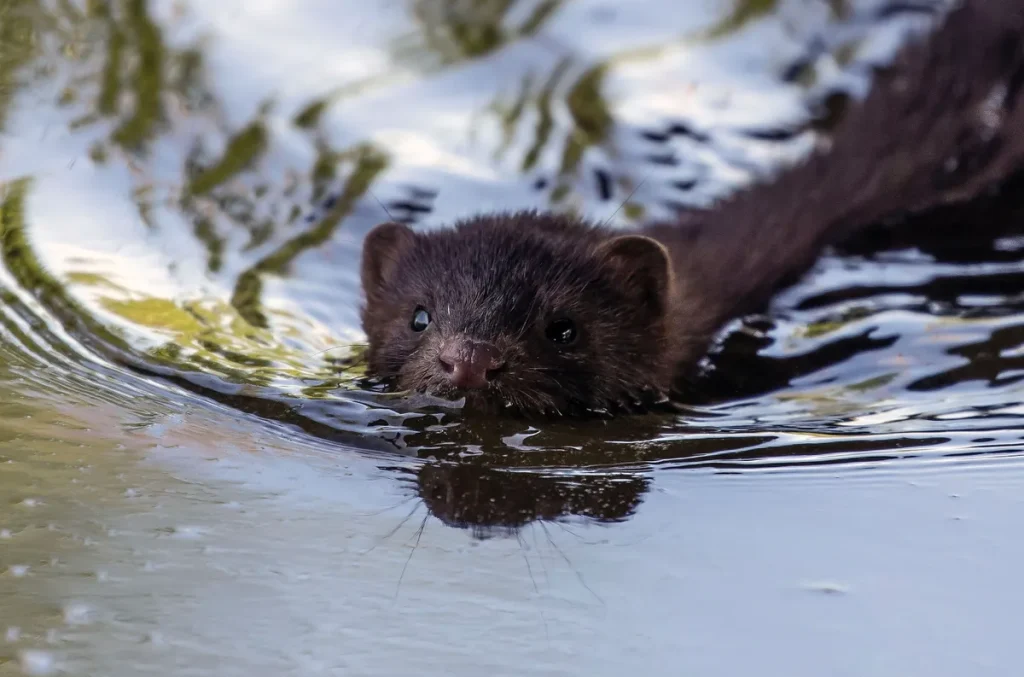
Health and Durability
Common Health Issues
- Stress-Induced Illness: Minks are sensitive to changes in environment or routine.
- Injuries: Their high energy makes them prone to accidents (falls, fights with other pets).
- Dental Problems: Like ferrets, they can develop tooth decay if fed sugary or inappropriate foods.
Preventative Care
- Regular Vet Checks: Few veterinarians specialize in minks, so finding an exotic pet vet is crucial.
- Clean Living Space: Poor hygiene can lead to respiratory infections.
Key Takeaway: While hardy, minks require consistent care to avoid stress-related health problems.
Availability and Cost
Where to Buy
- Reputable Breeders: The best option, as they often socialize kits early.
- Fur Farms (Ethical Concerns): Some surplus minks are sold, but these are rarely socialized.
- Not in Pet Stores: Minks are not common pets, so chain stores don’t carry them.
Initial Costs
- Mink Price: $100 to $300 for a standard mink; rare colors may cost more.
- Setup Expenses: Enclosure, toys, food, and vet bills can total $500+.
Key Takeaway: Finding a mink is difficult, and the real cost is time, not money.
Pros and Cons
Pros
✔ Highly intelligent and trainable (for hunting).
✔ Entertaining and energetic (fun to watch).
✔ Strong bond with owner (if hand-raised).
Cons
❌ Aggressive tendencies (biting, musking).
❌ Extremely high-maintenance (needs daily interaction).
❌ Not domesticated (wild instincts remain strong).
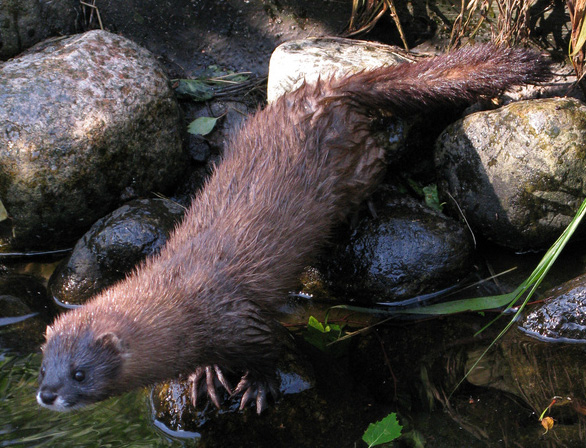
Final Thoughts
Minks are remarkable animals, but they are not suitable pets for most people. Their high energy, biting risk, and need for constant engagement make them a full-time commitment.
Who Should Get a Mink?
- Experienced mustelid keepers (ferret owners may still struggle).
- Hunters (they excel in pest control and rabbit hunting).
- Those with ample time (they require hours of daily interaction).
Better Alternatives
If you love weasels but want a more manageable pet, consider:
- Ferrets (domesticated, less aggressive).
- Sugar Gliders (social, less bitey).
- Rats (intelligent, affectionate).
Final Verdict: Minks are incredible animals, but they belong in the wild or with expert handlers—not in an average home.
Would you ever consider owning a mink? Share your thoughts in the comments!
For more exotic pet reviews, stay tuned to our blog. 🦡



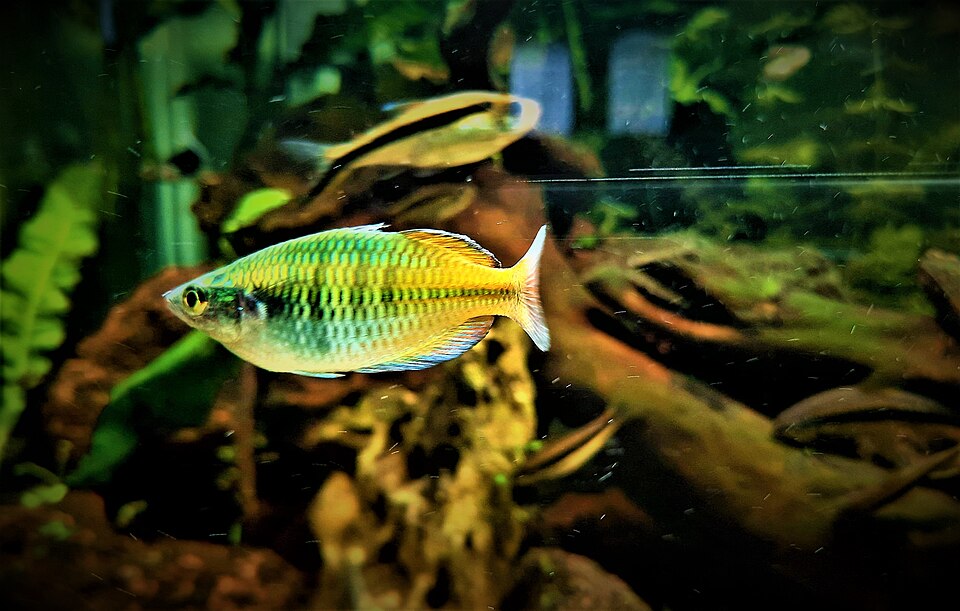
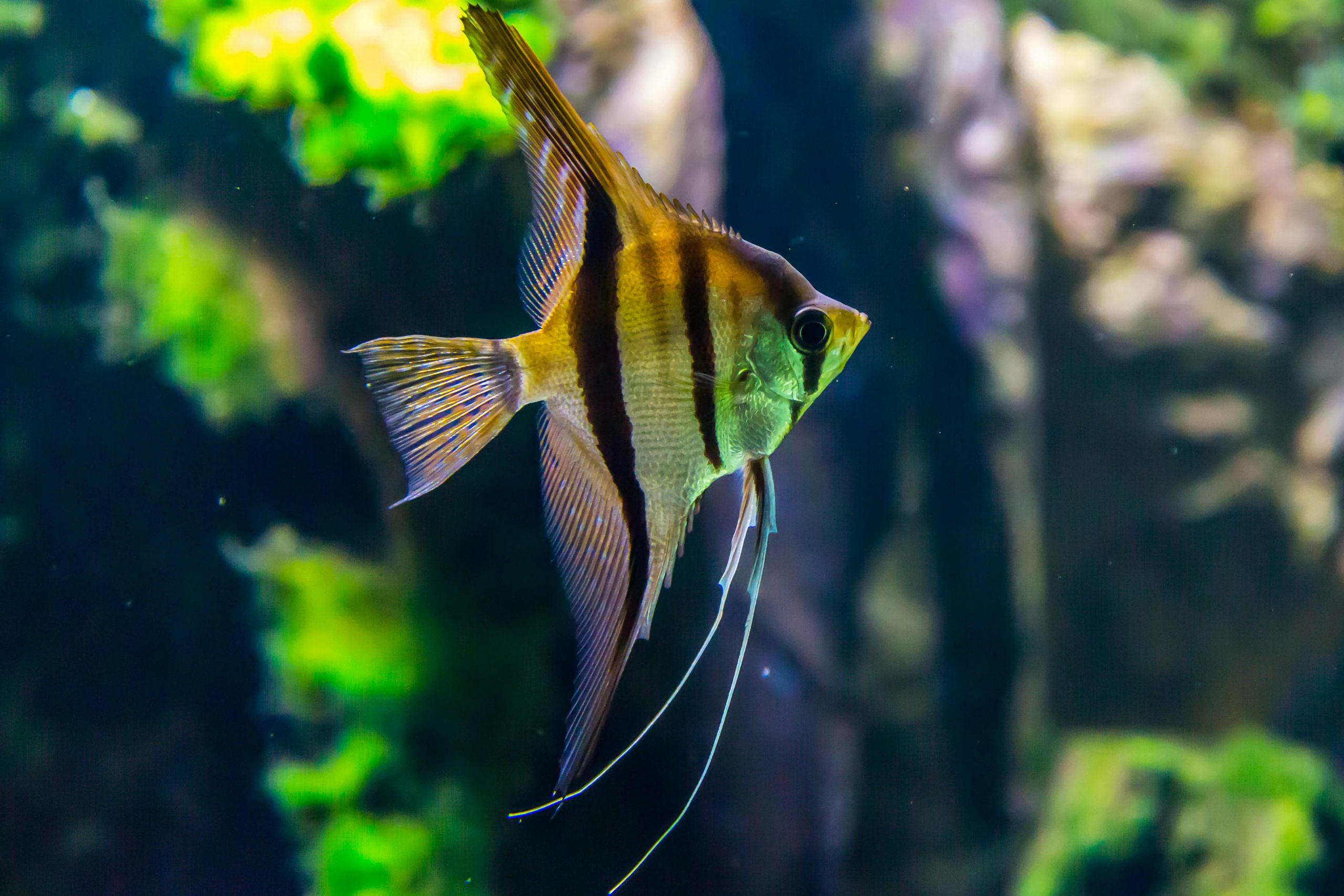
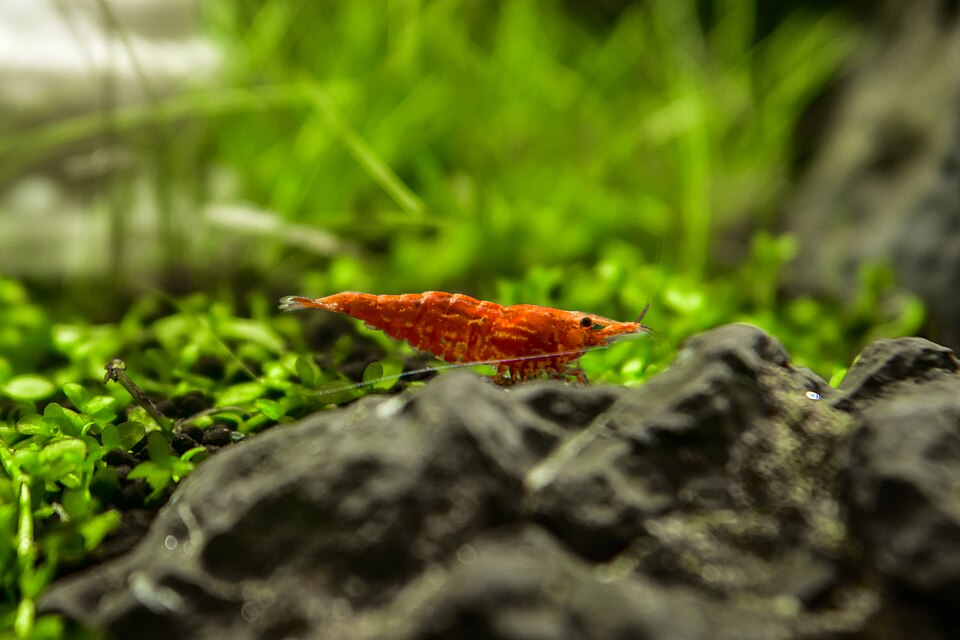

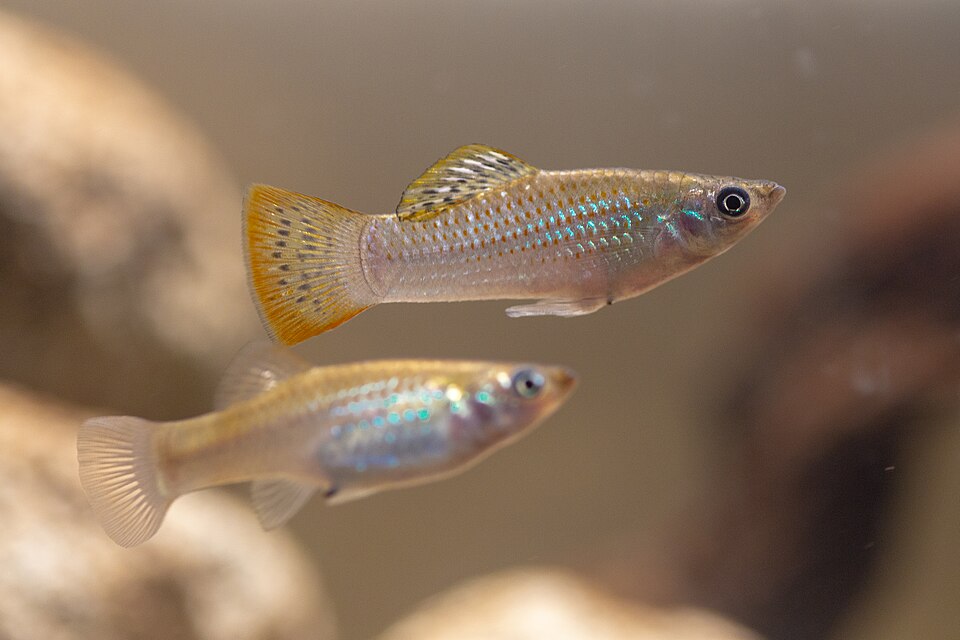
Leave a Reply